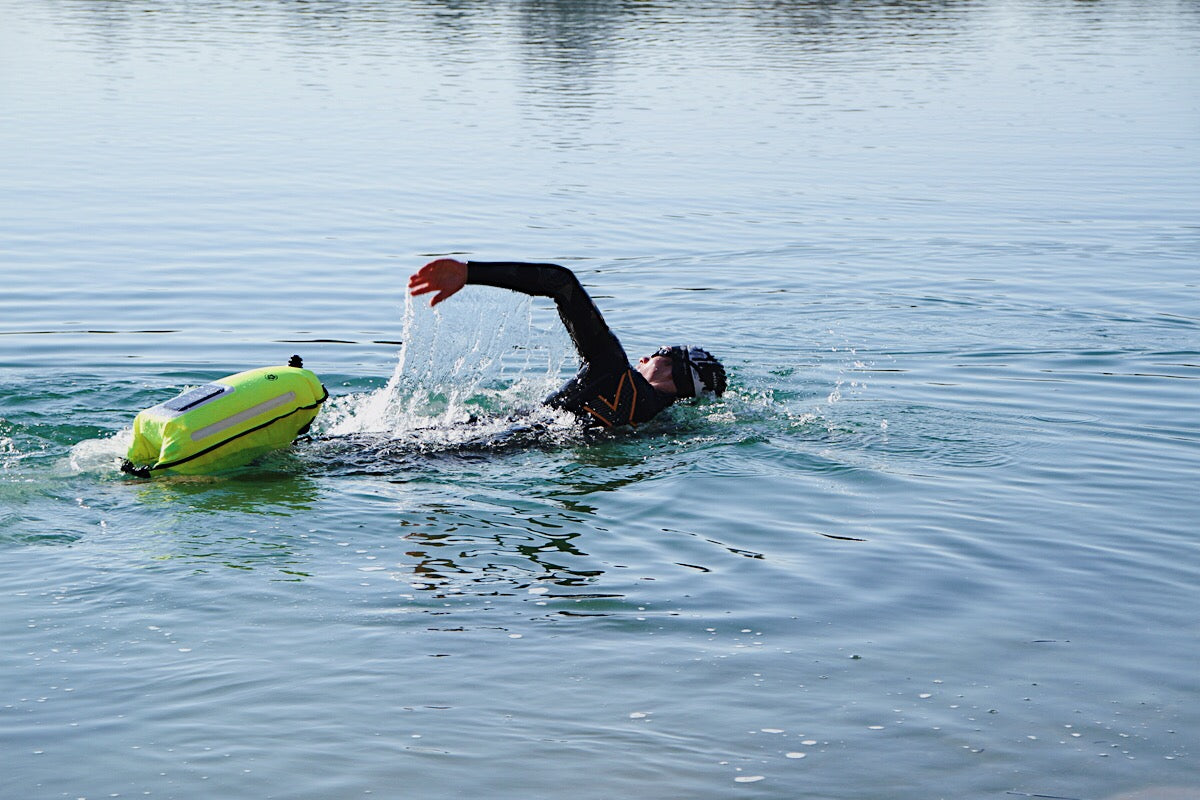One of the most important factors for propulsion when swimming, in addition to a good position in the water, is the correct arm stroke. What looks so simple requires knowledge and practice. We clarify which path the arm should take under water and how best to get it back into the starting position.
Of course, the correct arm pull technique is also a constant reason for discussion. Plunge point, hand position, retrieval phase. Even the best swimmers do not show a consistent technique here. A panacea is therefore difficult to find. The important thing is that the technology has to function smoothly – how exactly that looks can vary from person to person.
The cornerstones of the correct arm stroke
Nevertheless, every swimmer should master and practice the basic pillars of the correct stroke. The complexity of a single move shows that this is not so easy. After all, every move can be divided into five parts: immersion phase, gliding phase, pull phase, pressure phase and return phase.
We'll start our turn by diving in. This already raises the question: Where should my hand dip into the water? And how does my hand position look like? Personally, I think it's good if you dive in quite early, a little in front of your head. Exactly when gravity pulls your hand towards the water after a high elbow anyway. But it is much more important what the arm does after the immersion. Push forward as far as possible, slide for a long time and ensure a good position in the water - ideal! Just sink down - not a good idea!
generate propulsion
After dipping and gliding comes queuing. In swimming, we call lining up the bend in the elbow. Just imagine you're building a wall. You would never try to climb them with your arms outstretched. Instead, you raise your arm and pull yourself up powerfully. In the water, the forearm also forms a large paddle and we also use this area to actively pull ourselves along the water.
Our technique tip: fist swimming. If you can make almost as much progress in fist swimming as in normal swimming, you are doing well.
The pressure phase sets the pace
Now comes the part that makes us fast, the pressure phase. The more power we can transfer to the water here, the faster we can make progress. Have you ever wondered how many pounds you shed with each move? 20 kilograms? That would be fine. Olympians push away up to 60 kilograms, but they also train eight hours a day. No need to worry - but some pull rope training can't hurt.
In order to be able to transfer more power to the water during the pressure phase, rotation can help us (you can read about this in this article ). Because with a clean rotation, the arm can use the maximum pull length.
And from the front!
When the thumb has reached the middle of the thigh, the pull is over. Now easily lift your elbow out of the water, swing your arm forward, dive back in and it all starts again.
training session of the week
300m easy swim, also in the back and chest
4 x 200m 50m tee + 100m easy crawl + 50m brisk
100 relaxed back (you can also rotate there)
200 m ½ lane fist and ½ lane normal crawl
6 x 50 m One move less per lane Break 15 seconds
6 x 50 m 1-3 increase (50 m calm, 50 m medium, 50 m fast) break 15 sec.
Swim 200 easy




















